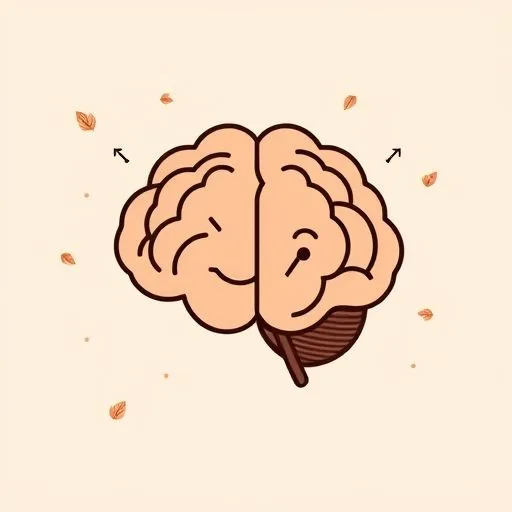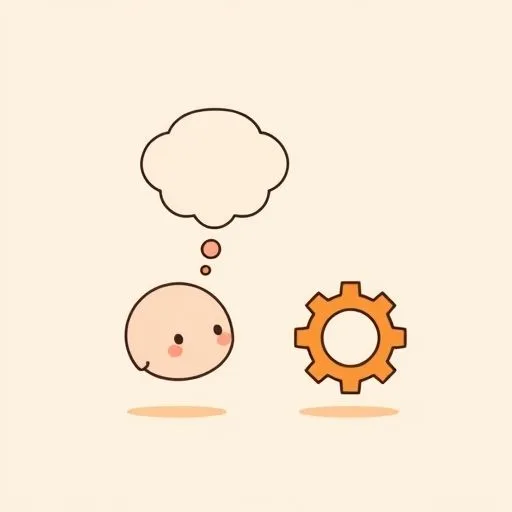
There’s something magical about watching your child’s eyes light up when they discover something new! My daughter has started asking about the technology that surrounds us, making me think about how our world is changing with AI tools in education. Just the other day, I realized how different things are becoming for our kids compared to when we were growing up. Teachers are calling AI a ‘gift,’ but there’s this delicate balance we need to find – how to embrace these incredible tools while nurturing our children’s precious minds to think independently about AI in education.
How Is AI Becoming Your Child’s Digital Helper?

On our 100-meter stroll from school, my daughter and I chat about the apps she loves—half kimchi taco orders, half coding talk.
Remember when we were kids and our backpacks held pencils, erasers, and maybe a calculator? Today’s little explorers have something even more powerful in their educational toolkit – AI! Isn’t that wild? You can almost see their little wheels turning! Teachers are discovering how AI can be like having an extra helper who never gets tired, offering personalized learning experiences that adapt to each child’s unique pace. It’s like having a patient tutor available 24/7!
I’ve seen it firsthand when my daughter comes home excited about a new app that helped her understand a tricky concept through interactive games. The potential of AI in education is absolutely incredible! These digital tools can spark curiosity in ways we never imagined possible, making learning feel less like work and more like play.
The beauty is in how AI can turn complex ideas into digestible pieces that our young minds can grasp with joy!
How Can We Teach Kids to Think for Themselves with AI?

But here’s where it gets interesting, friends! Just like when we teach our kids to ride a bike – we give them training wheels but eventually want them to pedal on their own – we need the same approach with AI. Our children’s ability to think critically, to question, to create original ideas – this is the golden treasure we must protect!
There’s this amazing quote from a teacher who said, ‘We want kids to learn how to use it, but not be reliant. We still want them to be able to think for themselves.’ YES! That’s exactly it!
The other day, my daughter asked me if she should use an AI tool to help with her story writing. Instead of just saying yes or no, we had this wonderful conversation about how the AI could help with ideas, but the real magic happens when she puts her own unique spin on those ideas. That sparkle in her eyes when she understood? Priceless!
And that moment of spark? It’s where our whole journey clicks into place.
That’s the moment we’re all aiming for – when technology empowers rather than replaces. That’s the true value of AI in education when balanced with critical thinking.
What’s the Right Balance for Families Using AI?

So how do we, as parents, navigate this new digital landscape with our children? Oh, it’s such an exciting challenge! First, I believe in modeling the behavior we want to see. When my daughter sees me using AI tools as helpers rather than thinking shortcuts, she learns by example.
We’ve created little ‘tech-free zones’ in our home during meals and bedtime stories, preserving those precious human connections. When we do use technology together, we make it a shared adventure – like when we explore AI-powered educational apps that we discover together. The key is involvement, not restriction!
We talk about what we’re learning, why it matters, and how we can use these tools responsibly. One strategy that’s worked wonders in our household is the ‘AI then me’ approach – using AI to get initial ideas, then discussing and developing those ideas together. It’s like having a brainstorming session where everyone gets to contribute! This approach to AI in education helps our children develop balanced tech habits.
Igniting Creativity with Smart Tools

Here’s what truly excites me – instead of fearing AI, let’s use it to amplify our children’s natural creativity! Think about it: AI can handle the repetitive tasks, freeing up our kids’ mental energy for higher-level thinking, for asking the big questions, for making unexpected connections.
What if we could use AI as a springboard rather than a crutch for our children’s imagination?
Just last weekend, we used an AI art generator to create some inspiration for my daughter’s drawing project. The AI produced some fascinating images, but then my daughter took those ideas and created something completely original and full of her unique imagination! THAT, my friends, is the sweet spot!
We can also encourage activities that AI can’t easily replicate – like hands-on building with blocks, outdoor exploration, imaginative play, and creative expression through music, dance, or storytelling. These experiences develop different parts of the brain that work in beautiful harmony with technological skills. The future of AI in education is about enhancing creativity, not replacing it. Okay, I might be geeking out—but isn’t that exciting?
How Are We Preparing Kids for Tomorrow’s AI World?

As parents, we’re not just preparing our children for today’s world – we’re equipping them for tomorrow’s possibilities! The children who will thrive in the future won’t be those who can out-compute AI, but those who can think creatively, empathize deeply, and collaborate effectively.
These are uniquely human qualities that cannot be automated! By teaching our kids to view AI as a tool rather than a replacement, we’re giving them a competitive advantage in more ways than one.
My daughter’s generation will grow up with AI as naturally as we grew up with the internet – but with our guidance, they’ll learn to harness these powerful technologies while keeping their human spark alive. The future belongs to those who can ask the questions AI can’t answer, to dream the dreams algorithms can’t imagine, and to create the innovations technology alone cannot achieve. What an absolutely thrilling adventure we’re on together as we shape the future of AI in education!
Source: Teachers say AI has been a game changer for them, and they want their students to benefit — while still thinking for themselves, Business Insider, 2025/09/25
